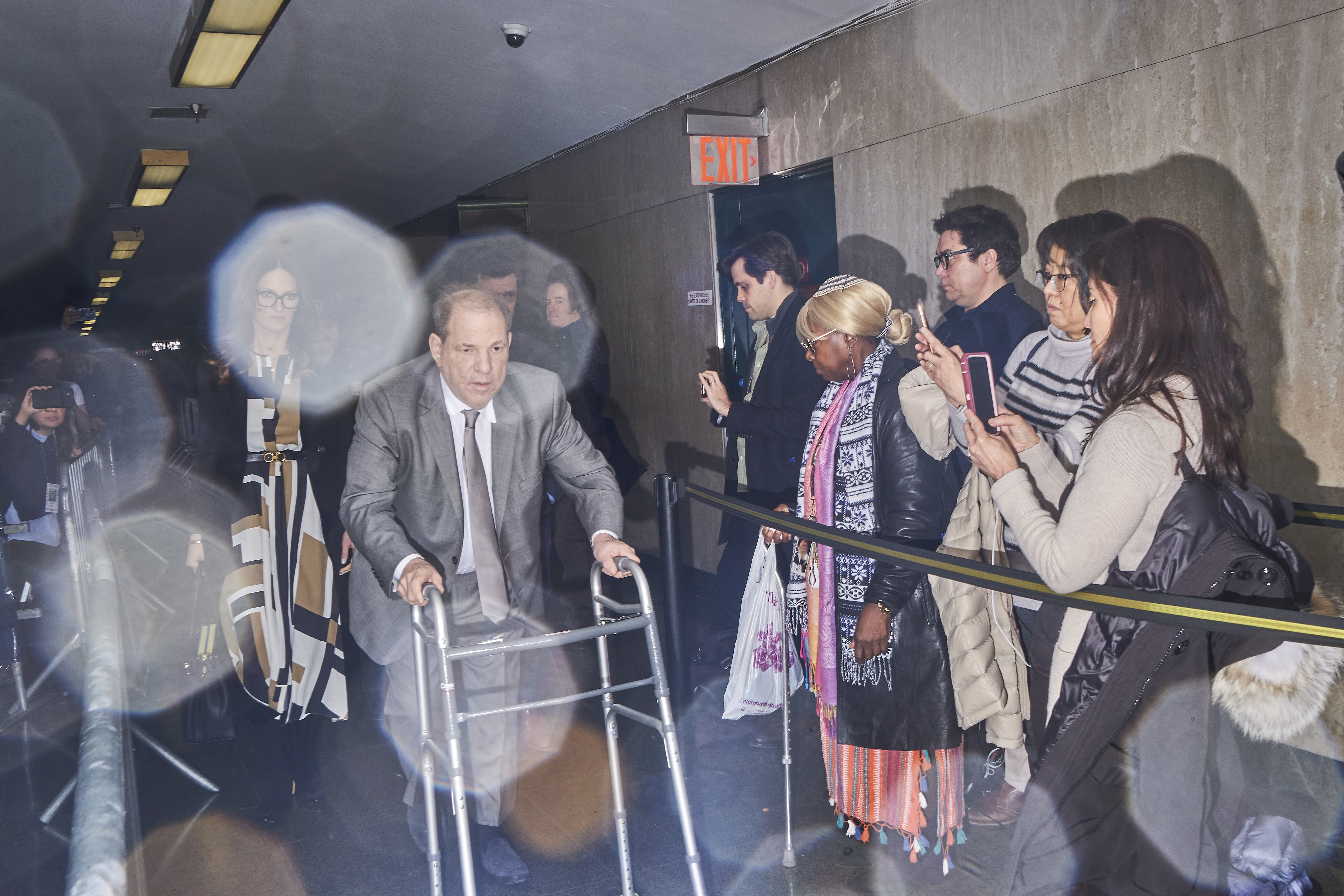Harvey Weinstein’s rape trial opened the new decade in spectacular fashion. Curious onlookers, protesters demanding justice, police, and the media filled the State Supreme Court in Lower Manhattan to witness the beginning of weeks of emotional testimony from accusers. If convicted, the 67-year-old could face life in prison; if acquitted, he faces another rape trial in Los Angeles. The New York trial marked at once a pivotal moment in the #MeToo movement and the fall of a mighty Hollywood emperor.
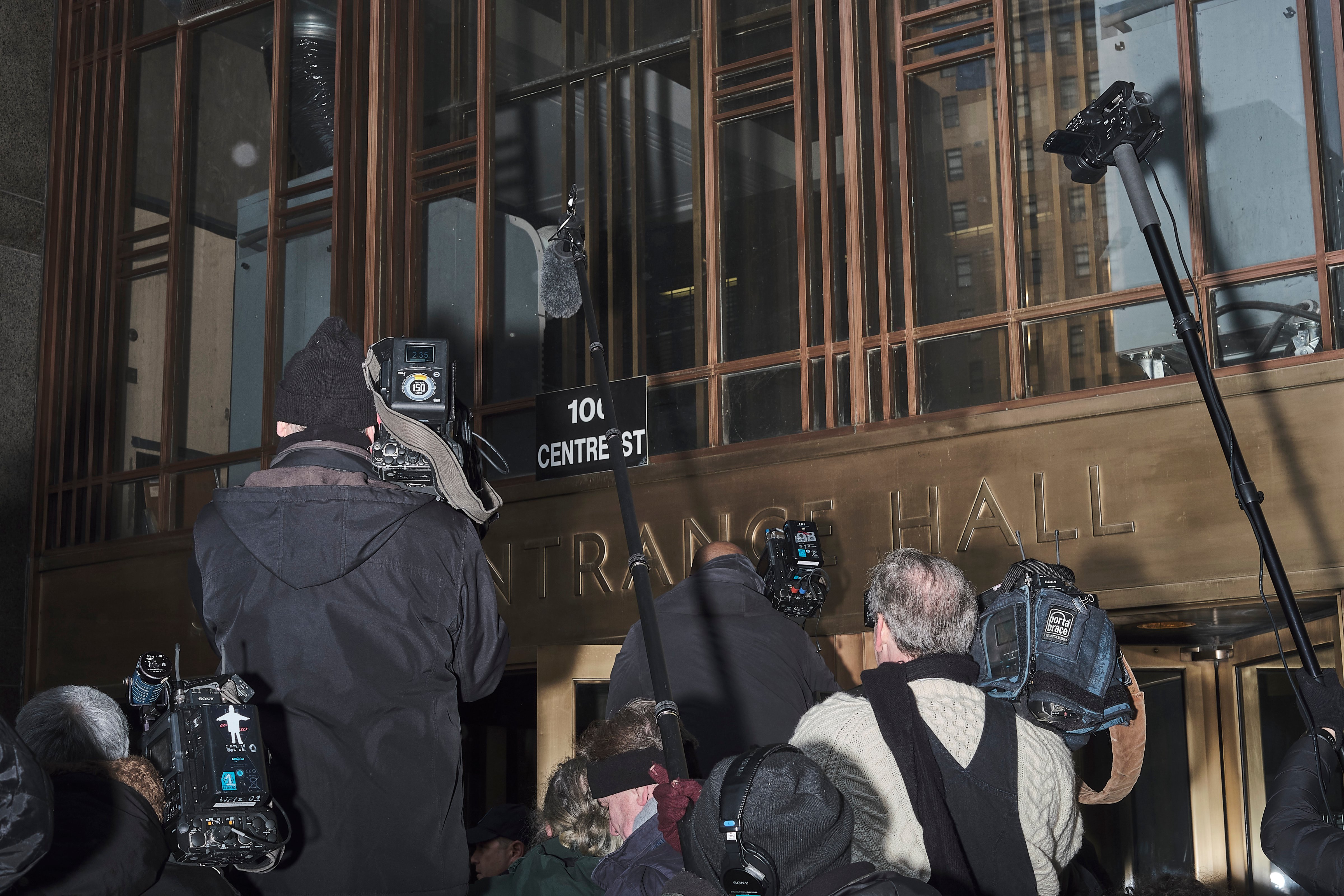
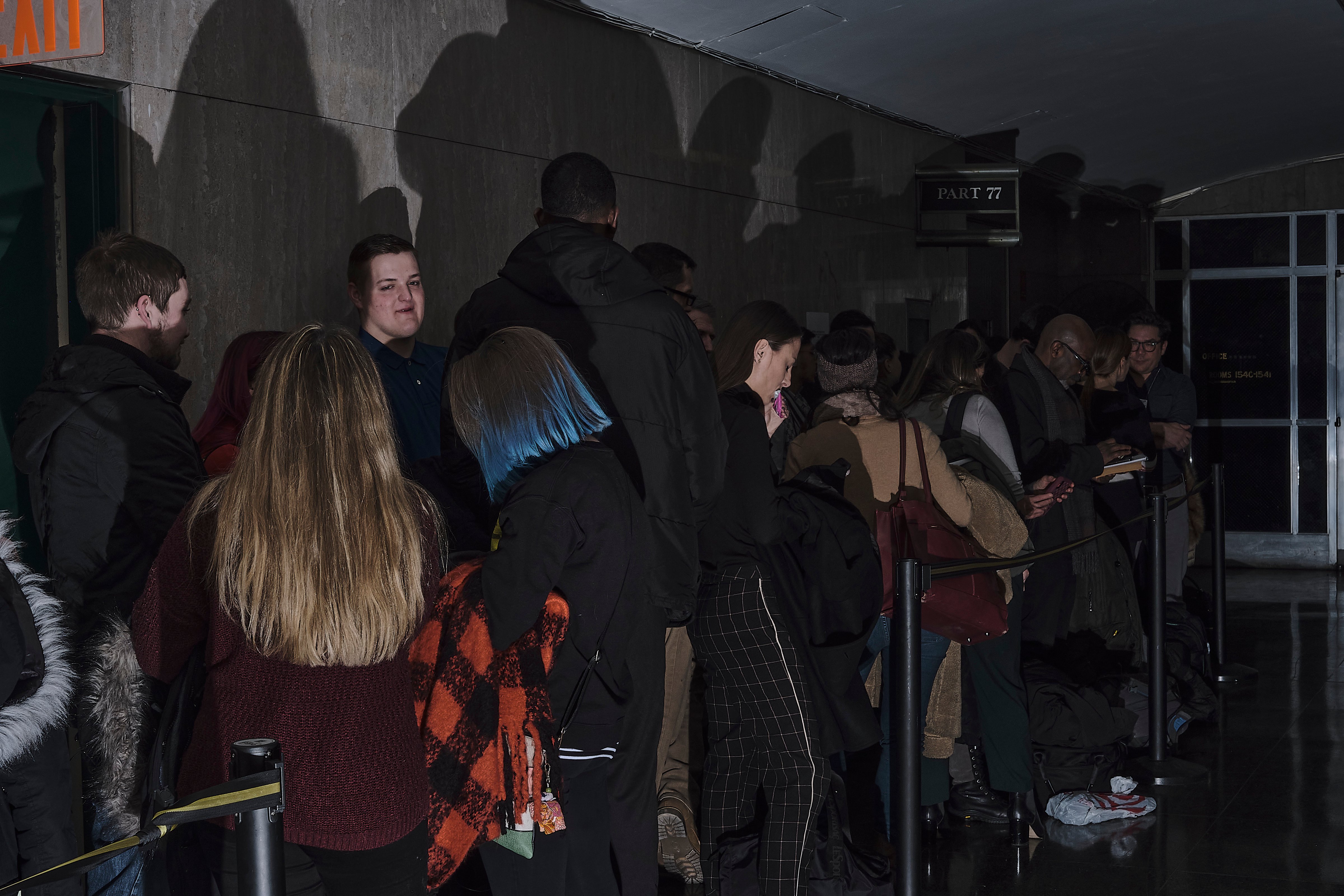
New York based photographer John Taggart felt compelled to cover the Weinstein trial, which began on Jan. 6. “I think it’s crazy important,” says Taggart, who has been shooting news and features for 20 years and calls this case the #Metoo trial of the decade. He hadn’t photographed many trials before, but he went to the courthouse almost every day for the first two weeks of the trial and continues to make occasional visits. “I didn’t feel like waiting around. I went down there with no idea, no narrative, just straight in,” Taggart says of his initial trips to the lower Manhattan courthouse. Taggart’s photographs of Weinstein have been published in The New York Times, The New Yorker, The Atlantic as well as TIME’s Instagram account. They’re recognizable for the use of powerful flash triggered both on and off camera, giving each walk into the courtroom a different mood.
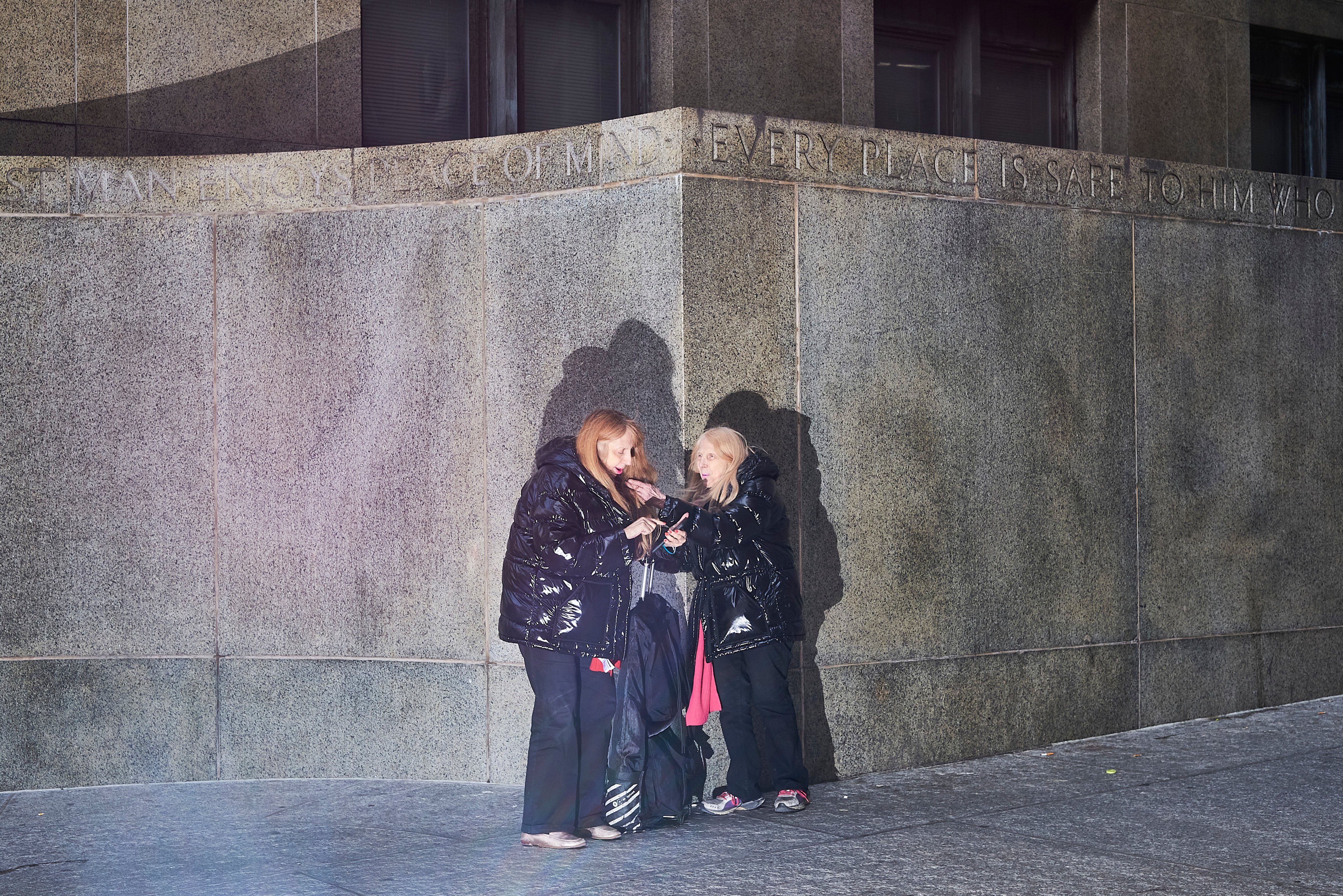

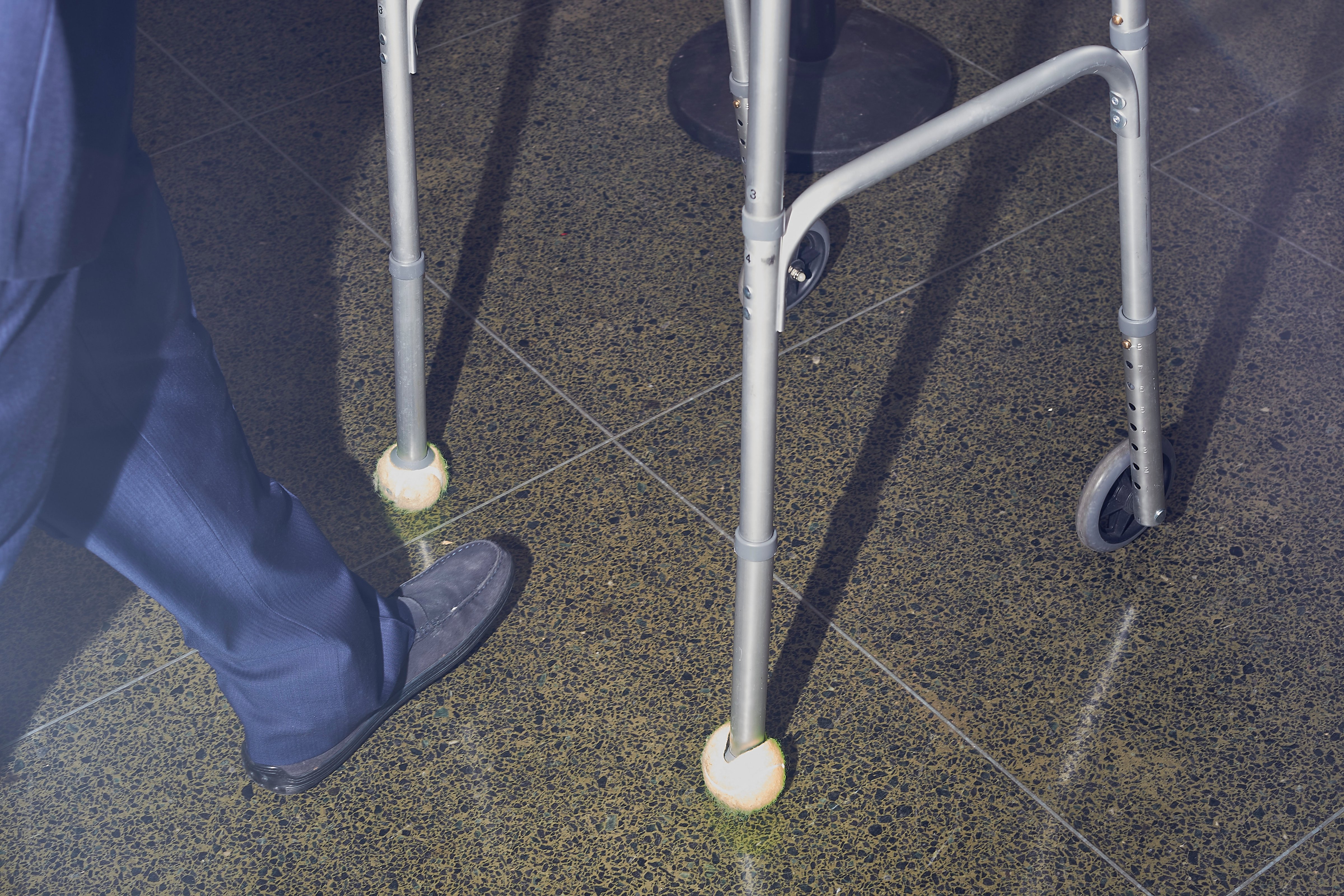
Surrounded by his legal team, Weinstein almost always enters the courthouse hunched on a walker. The walker does not make it difficult for Taggart to photograph his face, however. “He moves very slow, almost like a turtle,” Taggart explains. “He’s got a fancy [walker] now, but the old one had a lot more character,” he says, referring to an older rendition of Weinstein’s walker fashioned with tennis balls at its feet. What is difficult is to get Weinstein and his defense attorney Donna Rotunno in one frame. “I try to get him with Donna as often as I can. I try — but it’s not easy, because she’s walking with her head down, whereas his head is up because of the walker.”

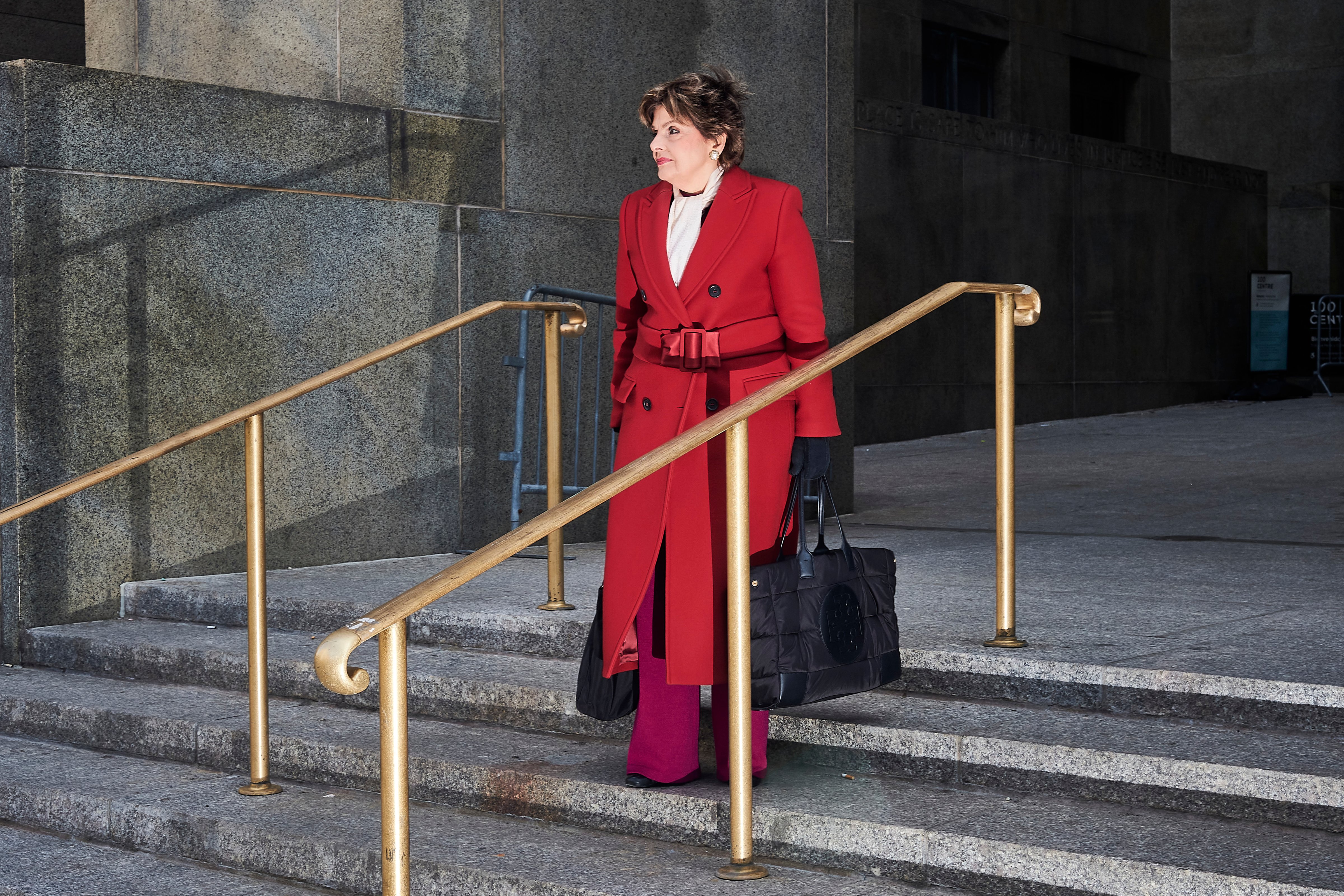

In order to find interesting frames every day, Taggart tries to go when no one else is around and steps away from where other photographers are standing. “I’m always trying to focus on something else besides him. It’s more about the whole scene around [the trial],” he says. He has sought to document not only Weinstein and his team, but also details of the building and those waiting to see him, a spectacle in itself. “Who knows what’s going on?” says Taggart. “I wanted to give it something different, more cryptic — because it’s like the death of an empire.
Ω
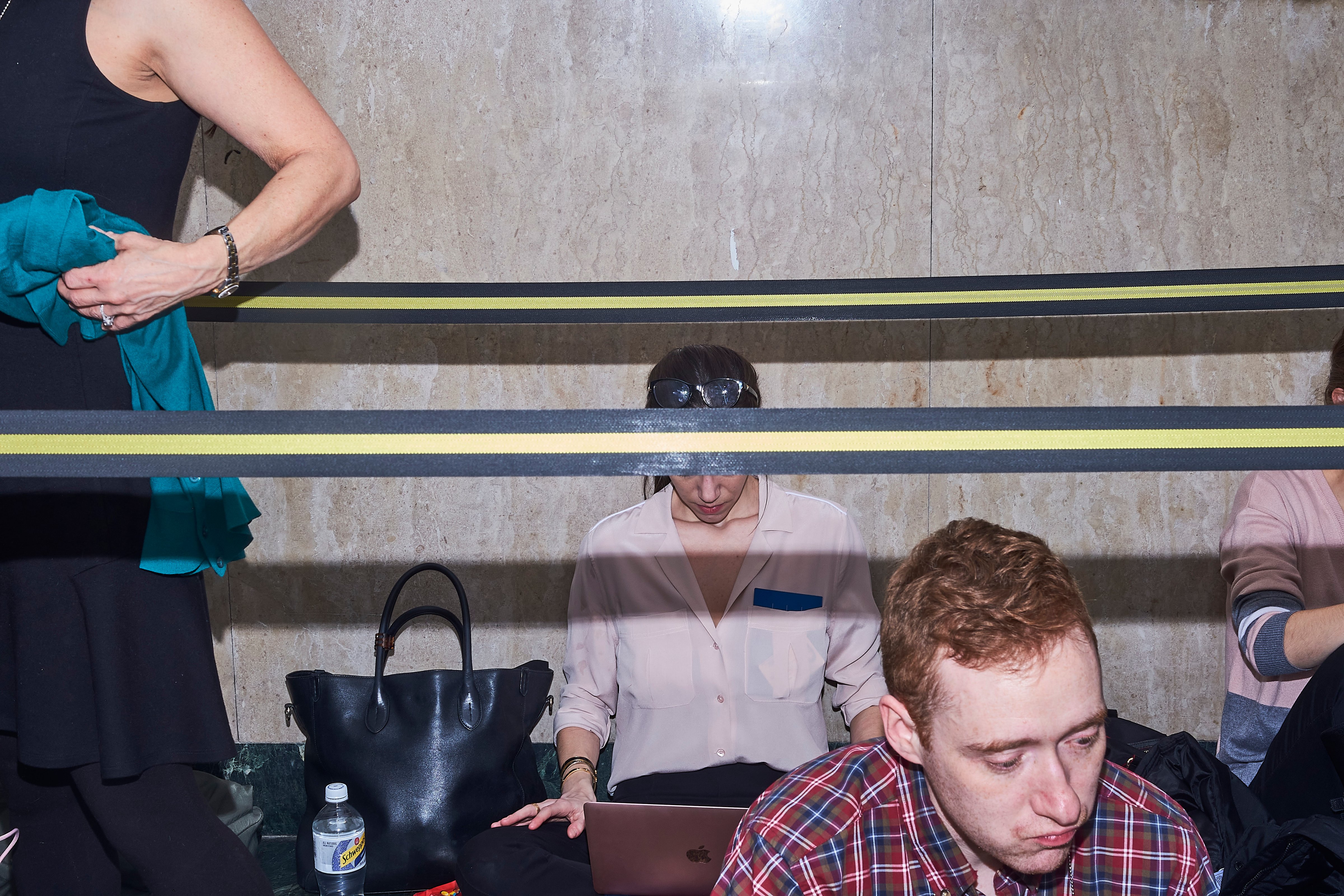

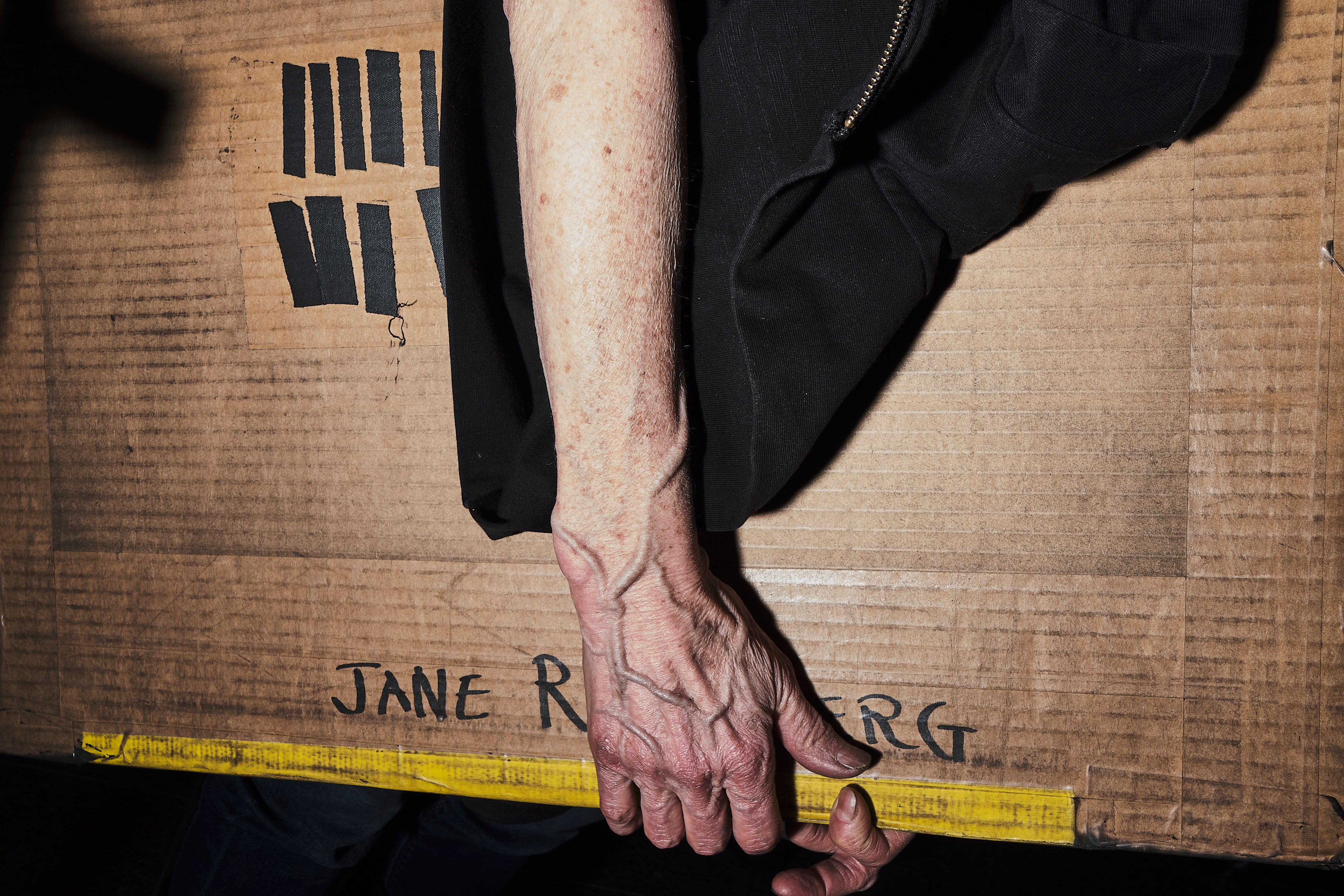
Then there have been days when hardly anyone is there. After the two or three days, according to Taggart, there were few other photographers, and protests outside the courtroom had died down. “It was a ghost town,” he says. Before, people had lined up before dawn to gain access. After a few weeks, empty seats began appearing in the courtroom.


Still, Taggart continues to go to the courthouse and make photographs. The Prosecution rested its case on Thursday after calling 20 witnesses, including six women who collectively described the former Miramax chief as one who dangled career opportunities in exchange for sexual advances. Weinstein has continued to deny all allegations of non-consensual sex.

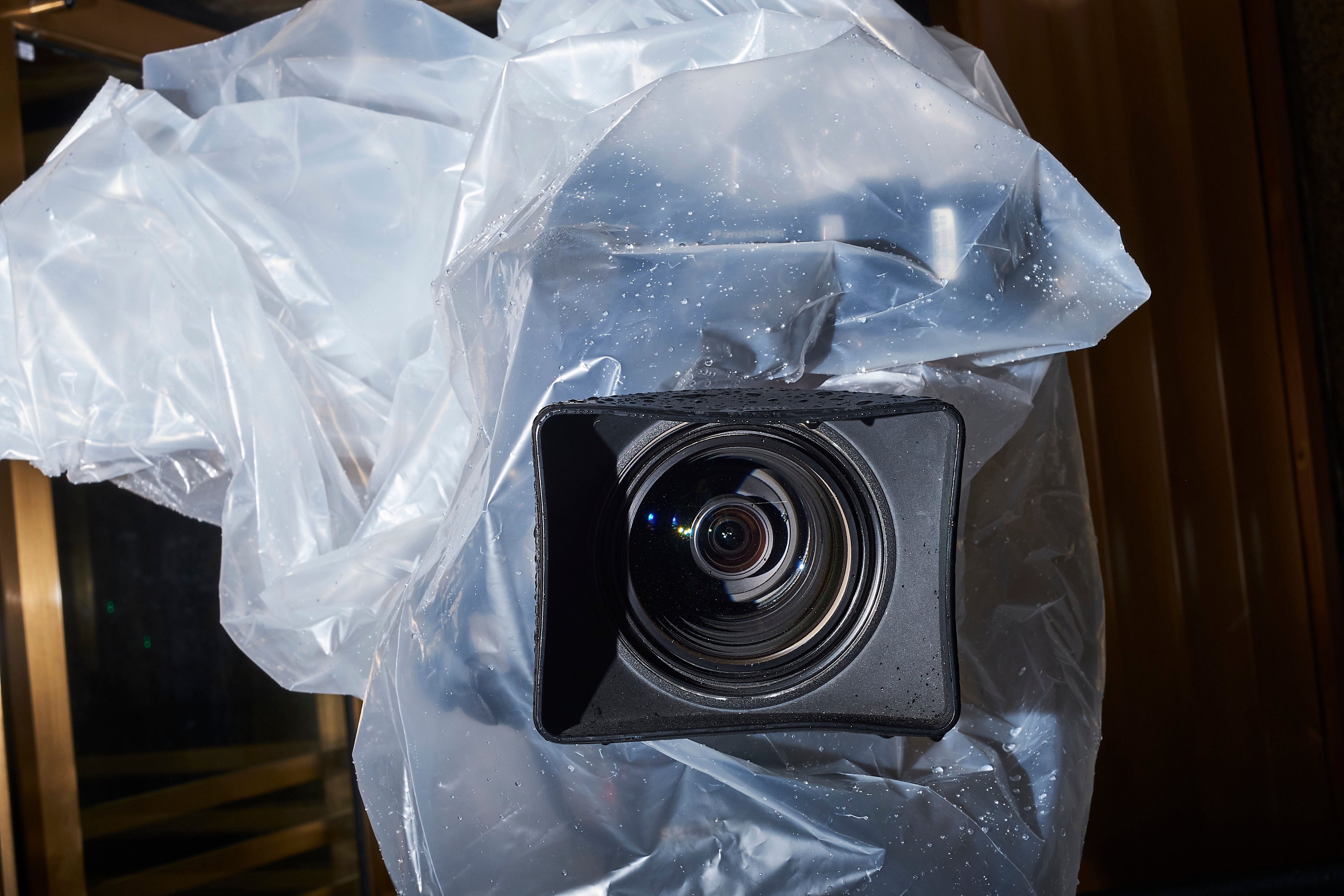
- Donald Trump Is TIME's 2024 Person of the Year
- Why We Chose Trump as Person of the Year
- Is Intermittent Fasting Good or Bad for You?
- The 100 Must-Read Books of 2024
- The 20 Best Christmas TV Episodes
- Column: If Optimism Feels Ridiculous Now, Try Hope
- The Future of Climate Action Is Trade Policy
- Merle Bombardieri Is Helping People Make the Baby Decision
